Buying “Crap Cameras”
A year ago I started buying plastic zoom compacts from the 80s and 90s to make a series of Youtube videos entitled “Crap Cameras”. In the past I had dismissed these at Car Boot Sales and in charity shops, before acquiring a Konica Z-Up 70 and then an Olympus mJu II Zoom 80 at the local market. The Konica cost £1 and the Olympus £4 (those were the days, eh?). I shot Agfa Vista 200 through both cameras and the results surprised and delighted me. I revisited these forgotten items when I needed new subjects for my channel, this time with B&W film and they made me realise that not all cameras of that era were as bad as the Halina and Hanimex AF models I had owned previously. By the time I had made the decision to acquire more to test, plastic zoom compacts seemed to have disappeared from the boot sales and charity shops, so ebay it would have to be. I quickly worked out that the biggest and most serious problem would be corroded batteries in cameras that had been put away in drawers and forgotten about, so all photos would have to be studied carefully before pressing “Bid Now”. I had some failures and I had some successes along the way. The Pentax Espio 140 was a good buy.
What Does This Pentax Offer?
Lens: 38mm to 140mm power zoom. f4.1 to f10.2. Nine elements in seven groups
Shutter: Electronic shutter with automatic programmed speeds from 1/400 to 2s and bulb from 1/2 to 5min.
Self Timer: 10secs
Flash: On, Off, Red Eye Reduction, Bulb, Night Portrait
Single Shot, Series and Multiple Exposure
Auto Load, Wind-On and Rewind (Rewinds film leader back into cassette)
Panorama (Cropping Blinds)
Automatic Programmed Exposure
DX Film Coding from 25 to 3200 ISO (Defaults to 25 with non-coded films)
Focus confirmation light within viewfinder
LCD display showing fame numbers and modes
Diopter adjustment on viewfinder
Takes One CR123 Lithium Battery
The Shooting Experience
The Espio 140 is bulky compared to later digital compacts, but would fit in larger coat pockets. The weight isn’t uncomfortable but enough to make the camera feel “solid” rather than cheap. The controls for shooting and zooming fall easy to the hand, but the mode buttons require close attention, plus the symbols in the LCD are quite tiny. The zoom mechanism and the shutter and winder are audible but better than most. Rewind takes place automatically after frame 36, so no “extras”.

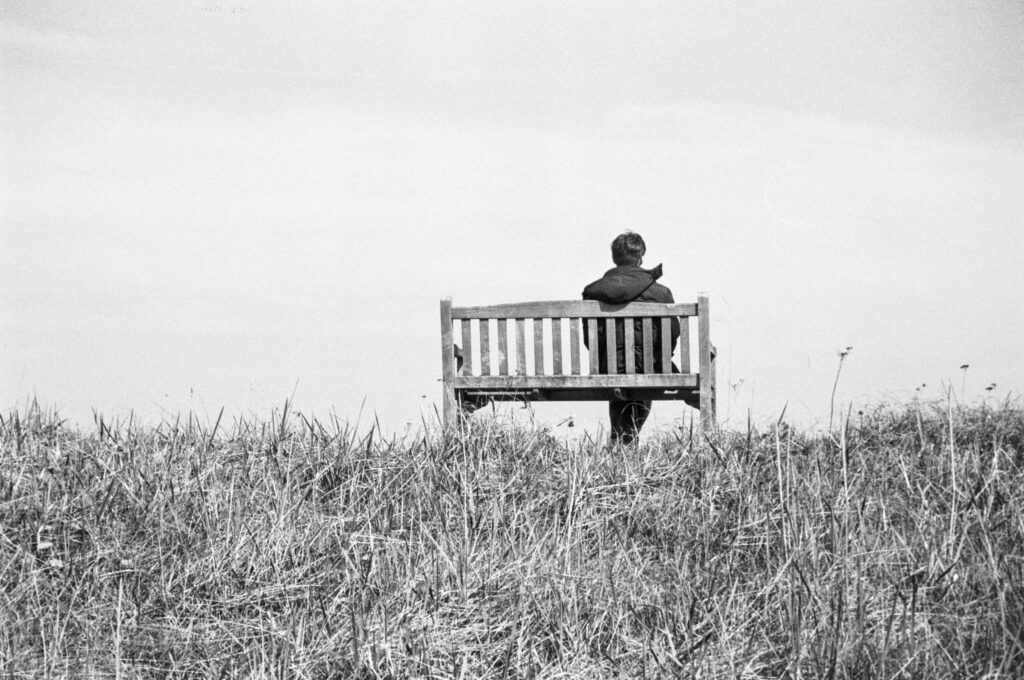

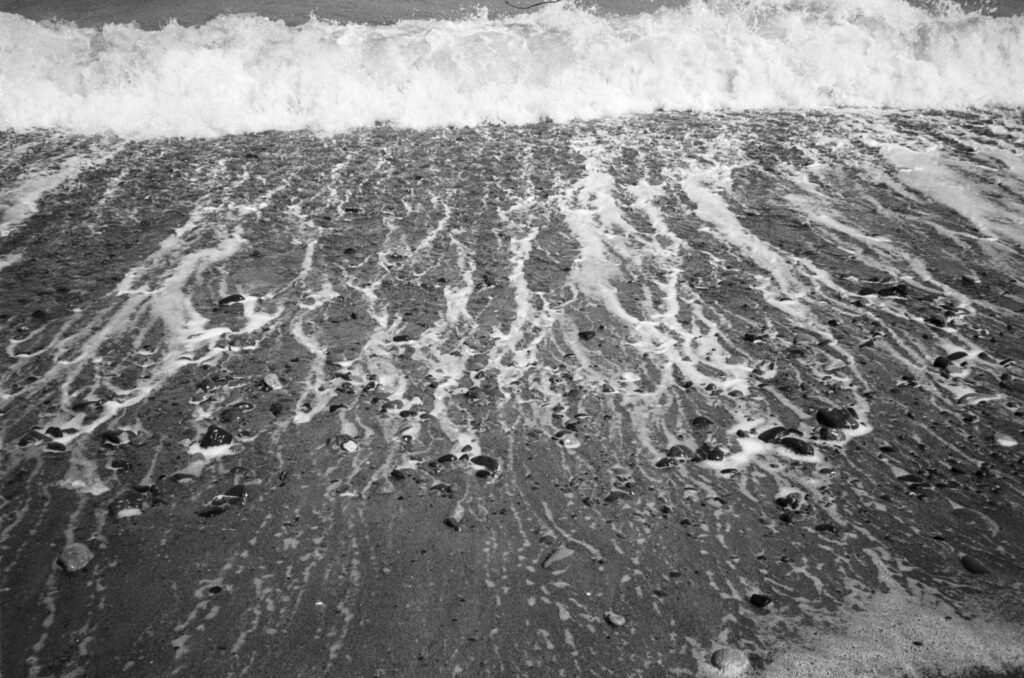
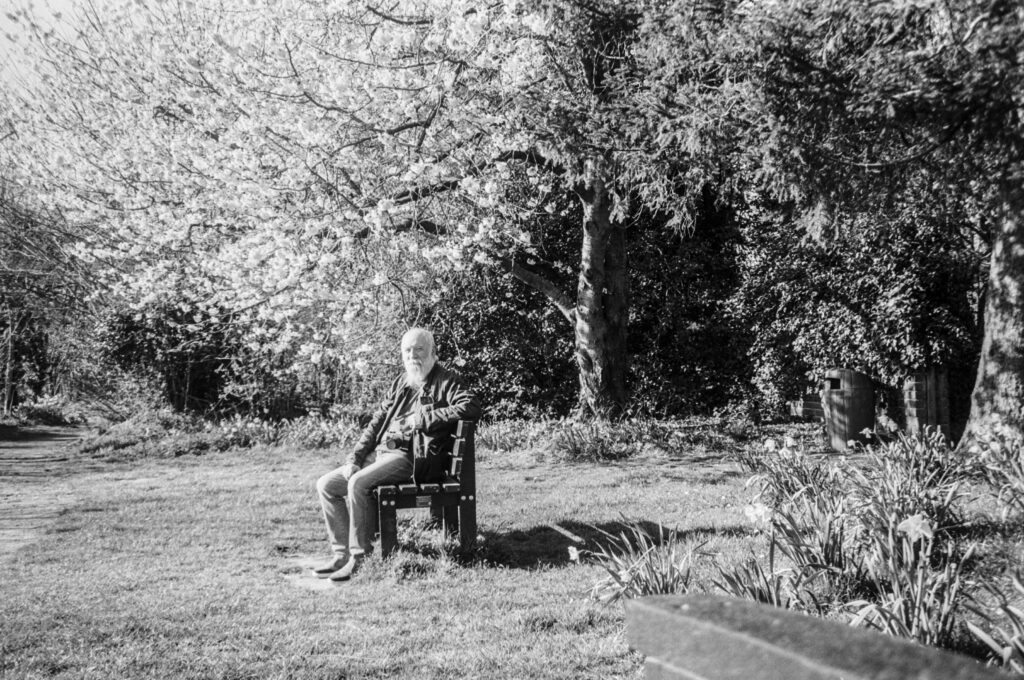
Image Quality
The photos were shot on FP4+ and developed in Ilfosol 3. The inland shots were at Corbridge, Northumberland, and the seaside shots were at Seaton Sluice, Northumberland. The last shot is yours truly shot by my good lady. (I was also shooting a Praktica MTL50 that day).
Conclusion
The major camera manufacturers produced some excellent “family” cameras in the 80s and 90s and the Espio 140 is definitely a fine example of the type. The lens isn’t fast but these cameras were for holidays, sunny days out and shooting indoor events with flash. The intention was to give the photographer a well-exposed and focused shot every time the shutter was released. The lens is quite sharp and there is very little in the way of flare, even when shot towards the sun. This model, I’m sure, would have meant a fairly substantial outlay for your average family, but the results and captured memories would have satisfied the users. I am happy to have it as an easy everyday carry.
Share this post:
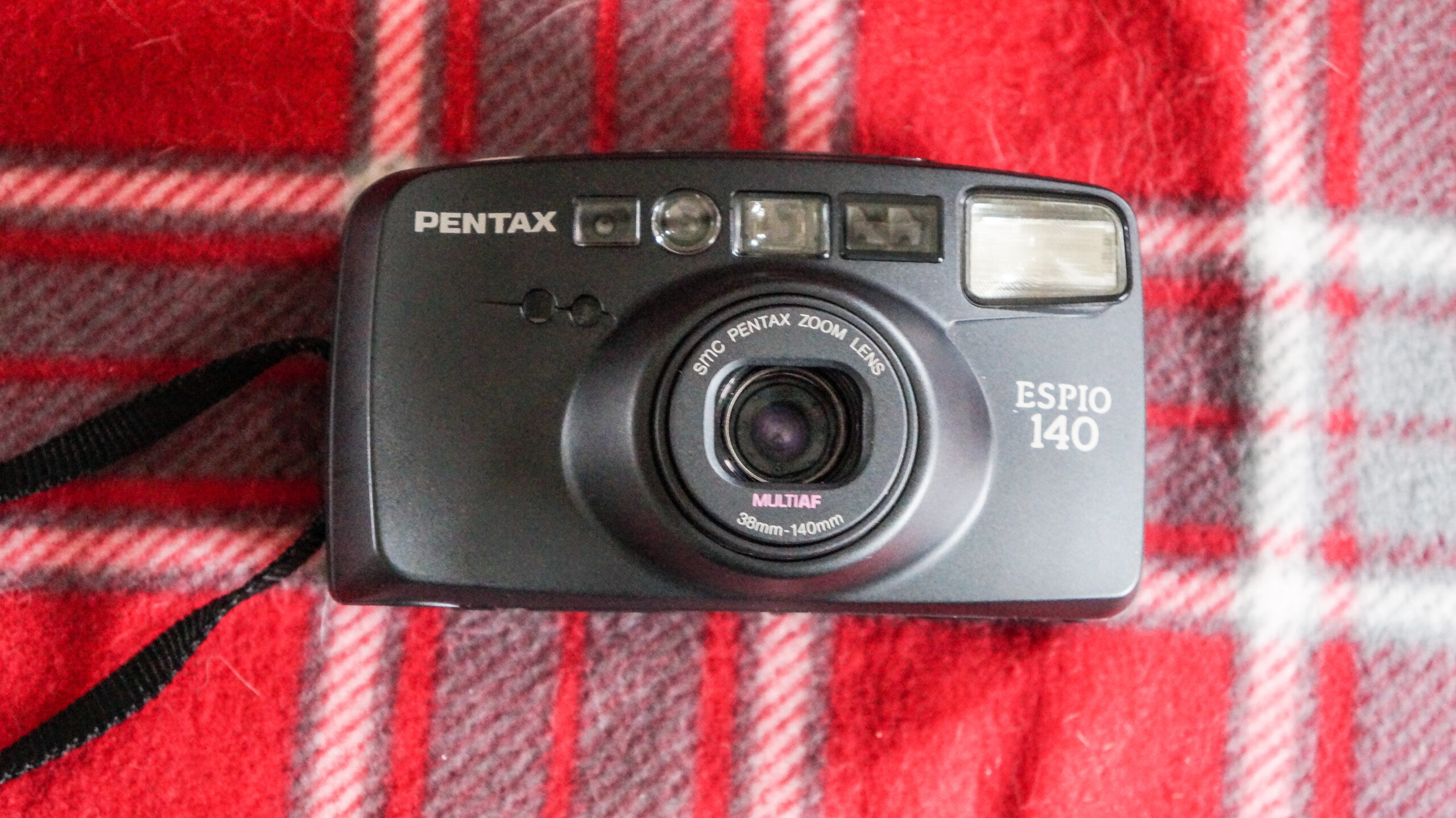
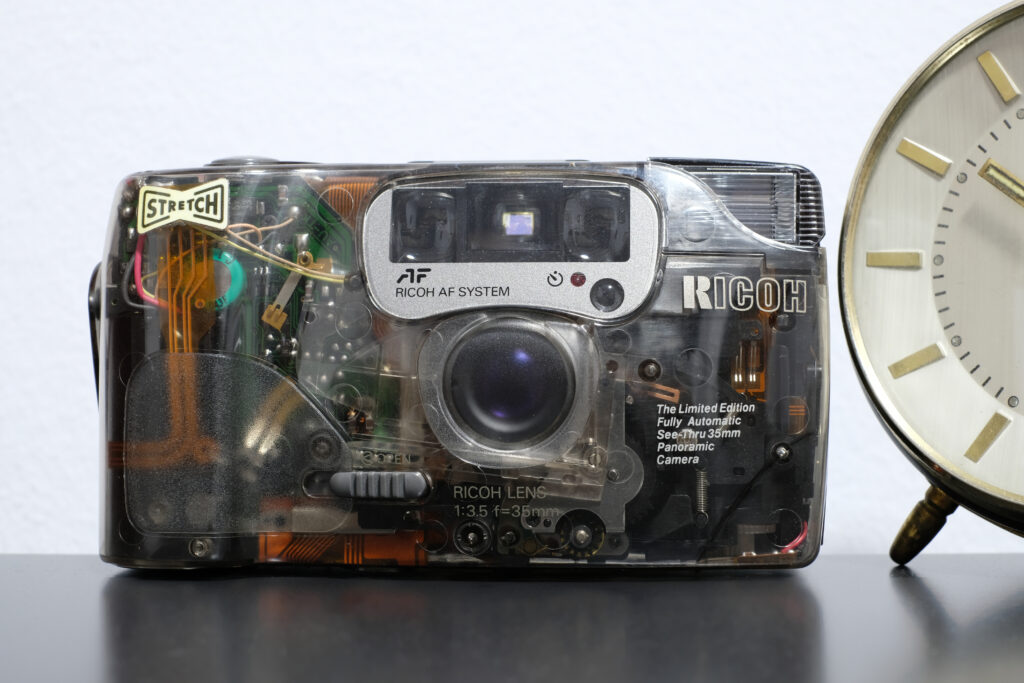
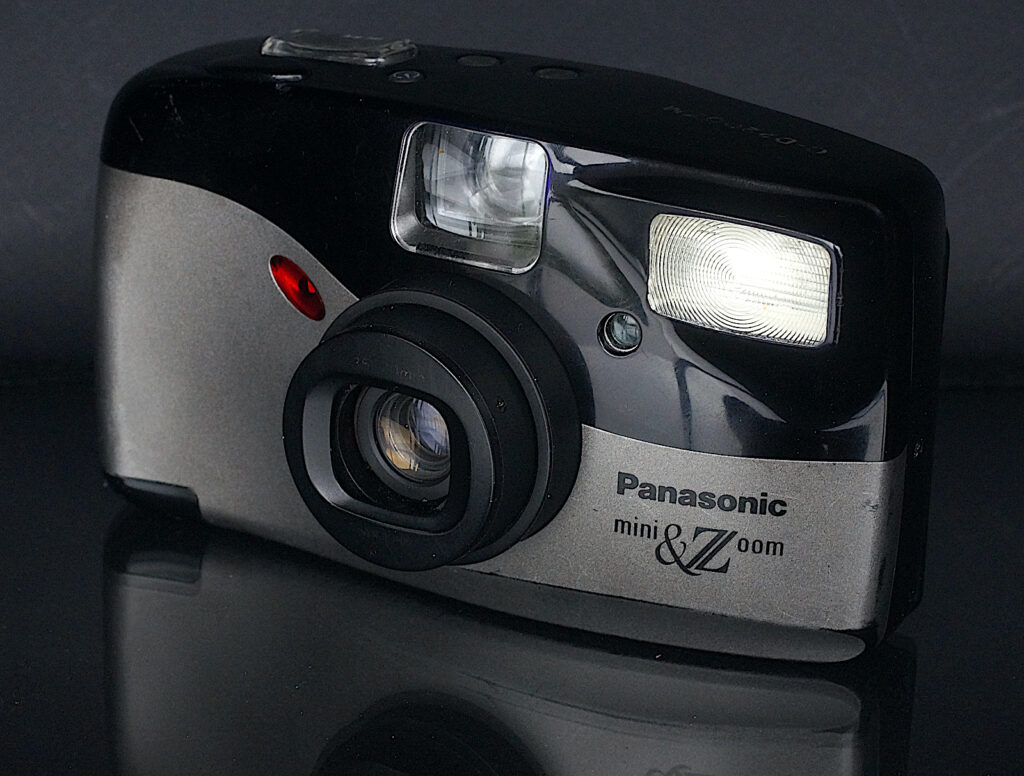





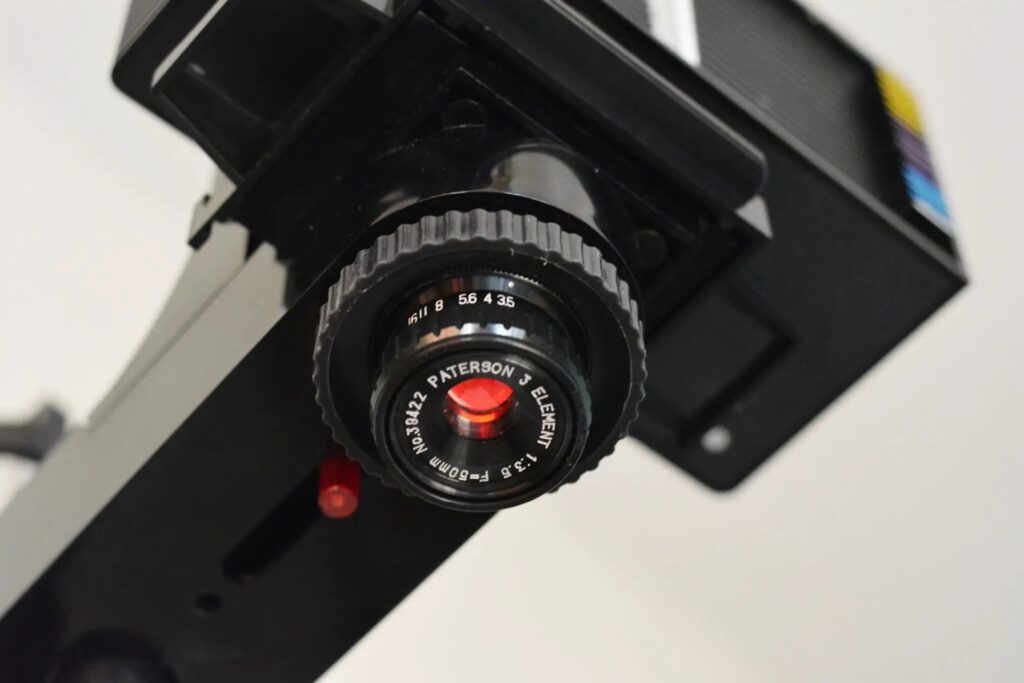
Comments
Stephen Scarlett on Pentax Espio 140 – The Second Best Zoom Compact Camera I’ve Ever Had
Comment posted: 27/08/2025
Comment posted: 27/08/2025
Comment posted: 27/08/2025
Steve Harper on Pentax Espio 140 – The Second Best Zoom Compact Camera I’ve Ever Had
Comment posted: 27/08/2025
Comment posted: 27/08/2025
Dana Brigham on Pentax Espio 140 – The Second Best Zoom Compact Camera I’ve Ever Had
Comment posted: 27/08/2025
Comment posted: 27/08/2025
Jeffery Luhn on Pentax Espio 140 – The Second Best Zoom Compact Camera I’ve Ever Had
Comment posted: 27/08/2025
Great concise article. I have been looking for working point and shoot 35mm cameras for students in my B&W film class. It's a college course that's often seen as a dumping ground for challeged students. If I spend the time to work with one or two students to get them to use a light meter with a traditional film camera, the rest of the students suffer. So a good performing point and shoot camera will get well exposed film into their hands so they can process and print. My purchase of ebay camera lots has been low yield. 12 cameras with only 2 good ones. In your opinion, what models are the best bet? I need 3 more good ones. Thanks, Jeffery
Comment posted: 27/08/2025
Comment posted: 27/08/2025
Ibraar Hussain on Pentax Espio 140 – The Second Best Zoom Compact Camera I’ve Ever Had
Comment posted: 27/08/2025
I like using crap cameras - they’re a challenge, I have one which I’ve been meaning to try for yonks but haven’t got round to it. It’s a Panasonic C-525AF Mini and my first ever camera - my sister gave it to me in about 1990 and I’ve had it ever since but haven’t fired a single frame for 25 years. I’ll get around to it
And I really really like the photos a lot - especially the one of you - your missus nailed that one!!
Comment posted: 27/08/2025
shawn granton on Pentax Espio 140 – The Second Best Zoom Compact Camera I’ve Ever Had
Comment posted: 28/08/2025
Comment posted: 28/08/2025